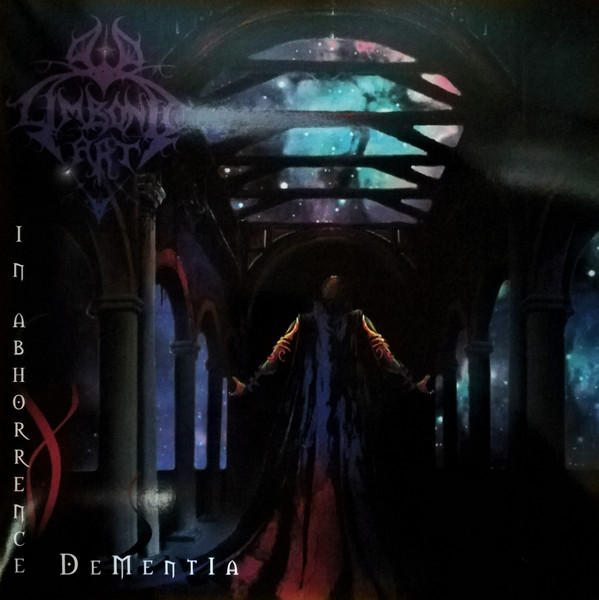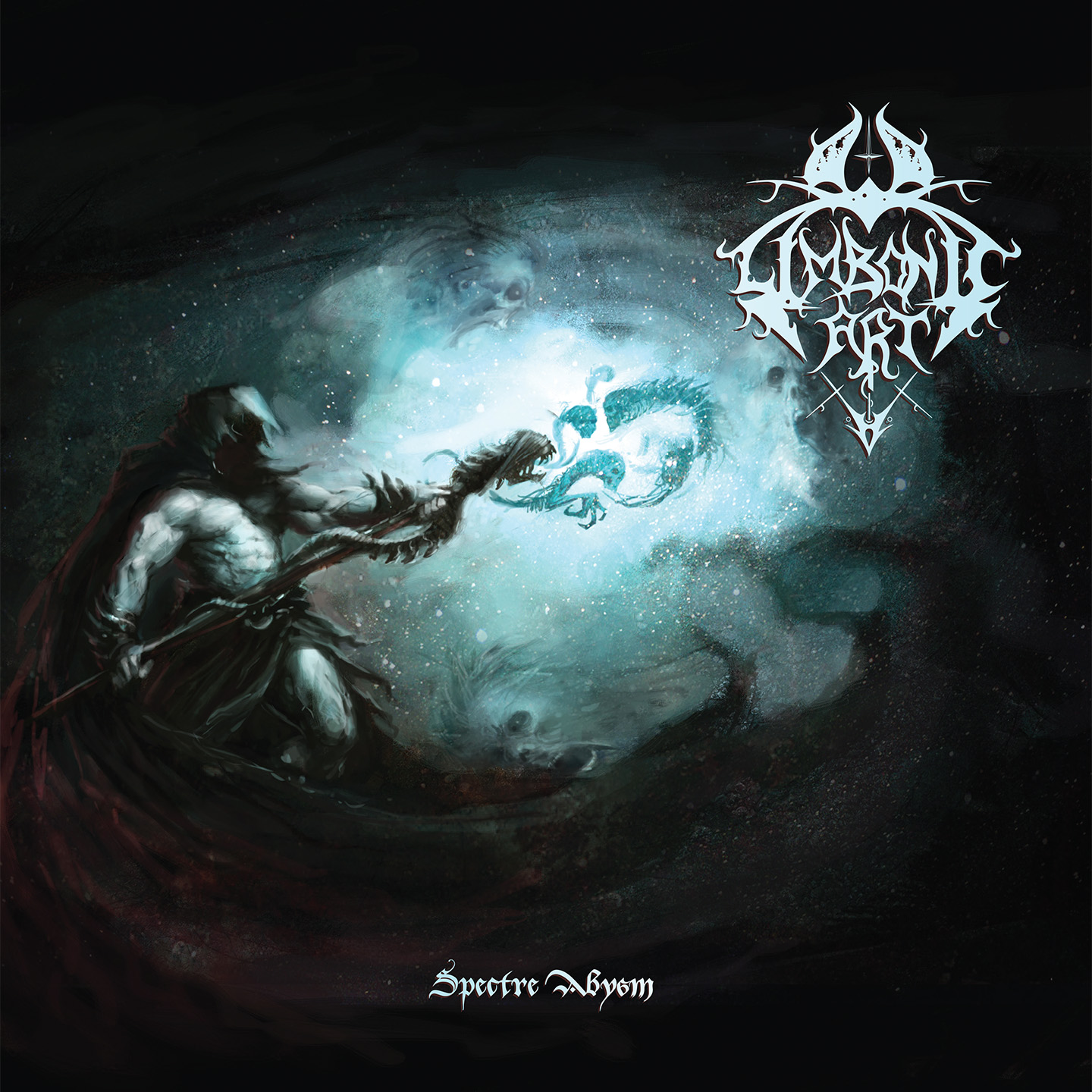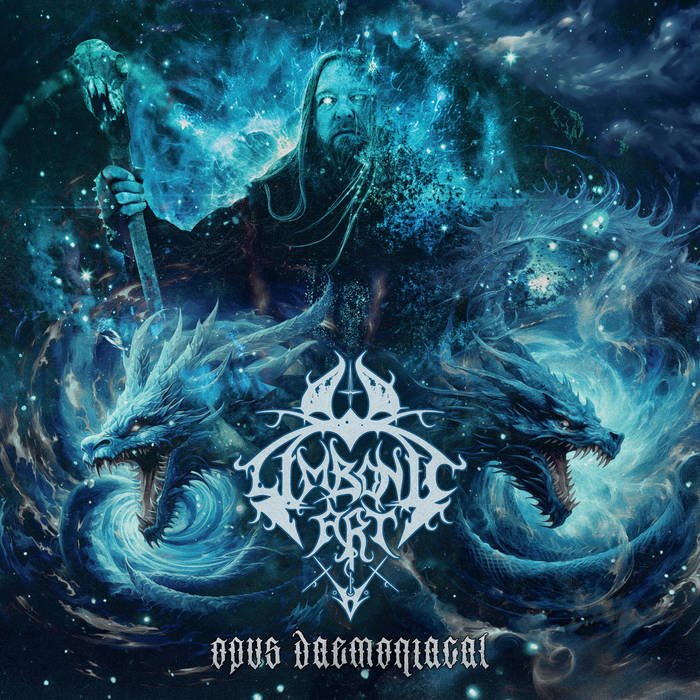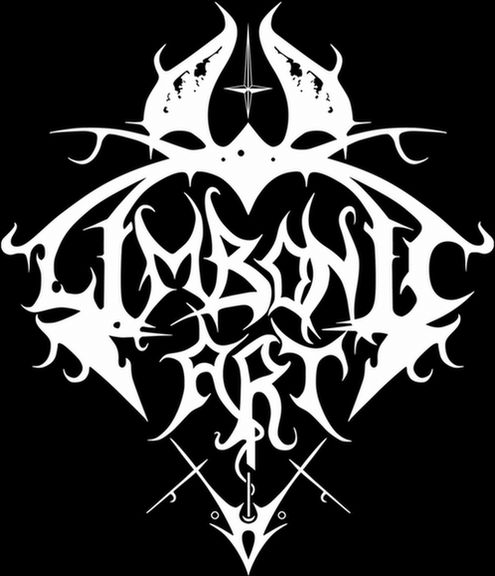Limbonic Art: The Majestic Solitude of Symphonic Darkness
Into the Pale Kingdom of Shadows
In the arctic silence of Sandefjord, Norway, far from the volcanic chaos of the early ‘90s Black Metal scene, something uniquely spectral took root. It wasn’t interested in burning churches, media frenzies, or violent rivalries. It didn’t want to mimic Emperor or out-blast Mayhem. It wanted to conjure worlds. Realms made not of wood and flame, but of obsidian and stars.
Thus emerged Limbonic Art, a band whose name itself evokes that which lies between the limbo of form and chaos, grandeur and horror. Over the decades, Limbonic Art has remained a solitary and complex entity: symphonic yet raw, futuristic yet medieval, orchestral yet fiercely synthetic. It is the sound of galaxies imploding through gothic cathedrals, of poetic solitude carved into frost.
In the long lineage of Black Metal, Limbonic Art stands apart, not as a rebel, but as a sovereign. Neither followers nor leaders, Daemon and (until 2009) Morfeus carved out a universe of their own, beholden to no scene, no trend, and no need for approval. This is their story, or at least a map of their ever-winding path through darkness.
Formed in 1993 by Vidar "Daemon" Jensen, Limbonic Art began as a solo vision, inspired by the tides of second-wave Norwegian Black Metal but craving something more theatrical and fantastical. Early demos like Spectral Empire and Promo Rehearsal '95 already showcased a clear direction: keyboards were not mere decoration, they were cathedrals, warships, and sorceries. Enter Krister "Morfeus" Dreyer in 1995, a multi-instrumentalist and kindred spirit with a taste for horror, electronics, and neoclassical intricacy. Together, Daemon and Morfeus formed a duo that would challenge the very DNA of Black Metal’s orthodoxy.
Where many bands were stripping down to the bare bones, Limbonic Art was building up, layering MIDI orchestrations, samples, and walls of cosmic synths over relentless tremolo riffs and a drum machine that raged like an artificial god. And unlike Dimmu Borgir, who leaned on traditional band lineups and studio polish, Limbonic Art revealed in their synthetic nature, proudly unhuman, unhinged, and otherworldly.
“Moon in the Scorpio” (1996)
Limbonic Art’s debut album is not just a first step; it’s a cathedral built overnight. “Moon in the Scorpio” is dense, sprawling, and utterly unafraid of its ambition. Clocking in at over an hour, it invites the listener into a haunted and surreal inner cosmos, where gothic melodrama collides with cold aggression. Tracks like “Beneath the Burial Surface” and the title track are not just songs; they’re movements, theatrical, multilayered, and grandiose. The production is raw yet strangely crystalline. The orchestration is vast, with shimmering keyboard cascades, dark choirs, and space-bound synth textures that envelop rather than embellish. Daemon’s vocals are incantatory, ranging from rasps to whispers, curses to proclamations.
Rather than echoing the wintry minimalism of Darkthrone or the medieval romance of Emperor, Moon in the Scorpio aims for something mythic and alien. It’s a gothic sci-fi symphony delivered through Black Metal’s prism.
“In Abhorrence Dementia” (1997)
With their sophomore album, Limbonic Art sharpened the blade. In Abhorrence Dementia doesn’t expand so much as it deepens, the atmospheres more elaborate, the arrangements more precise, and the narrative more deranged. This album is a descent, not into Hell, but into a mirrored dimension where logic dissolves. The songwriting is tighter, yet no less vast. Tracks like “A Demonoid Virtue” and “When Mind and Flesh Departs” show a growing command over pacing and thematic cohesion.
Morfeus’ synthesizer work evolves from grand flourishes into full-blown orchestral landscapes. There’s less reliance on gothic tropes and more emphasis on cold, psychotic grandeur. It’s less theatrical than the debut, but more psychologically unsettling. Here, the duo embraces paradox: calculated chaos, synthetic melancholy, violent elegance.
“Epitome of Illusions” (1998)
Released as a reworking of early
demo material, Epitome of Illusions exists outside the regular arc, a spectral
echo of Limbonic Art’s formative self. While less cohesive than the albums
surrounding it, Epitome offers an invaluable glimpse into the embryonic stages
of the band’s cosmic language. The production is rawer, the arrangements
looser, yet still unmistakably Limbonic. It’s a haunted museum, full of cracked
statues and broken mirrors that nevertheless reveal the soul of a band already
steeped in myth and majesty.
“Ad Noctum – Dynasty of Death” (1999)
If “Moon in the Scorpio” was ceremonial and Abhorrence psychological, “Ad Noctum – Dynasty of Death” is martial. This is Limbonic Art at their most aggressive, the synths now bolstering the attack rather than carrying the emotional narrative. Drum programming takes centre stage with relentless speed and precision. The guitars are sharper, the vocals more venomous. And yet, despite the increased brutality, the orchestration remains complex, the score to a cosmic war.
This album is often overlooked in favour of the more atmospheric entries, but it deserves recognition as a bold pivot: a demonstration of how symphonic Black Metal can remain visceral, cruel, and unsentimental.
“The Ultimate Death Worship” (2002)
Their final album before a long hiatus, “The Ultimate Death Worship” feels like a culmination and a funeral rite. It is saturated with morbidity, not just lyrically but structurally. The compositions feel haunted, as if the music itself is collapsing under the weight of its own ambition. The keyboards grow darker, more dissonant. The melodies seem to dissolve as soon as they form. And yet, it works. This is Limbonic Art performing a death ritual on their own mythos. The fire dims. The crypt closes. And then… silence.
After “The Ultimate Death Worship”, Limbonic Art disappeared. For years, nothing. In an era when Black Metal was becoming increasingly commodified, Daemon and Morfeus simply vanished. But darkness remembers. In 2007, Limbonic Art returned, leaner, fiercer, and now a solo project led entirely by Daemon. Morfeus had departed, leaving Daemon as sole architect and executor.
“Legacy of Evil” (2007)
With Legacy of Evil, Limbonic Art was reborn, not as a duo, but as an empire of one. This album is more focused, more violent, and even more digitally precise than anything before. Gone is the baroque layering of the early albums; in its place is a machine-like clarity. Yet Daemon’s poetic vision remains intact.
Tracks like “Lycanthropic Tales” and “A Void of Lifeless Dreams” feel like declarations of war from a lone emperor on a dead planet. The orchestration is colder, but no less vast. The drum programming is blistering. The album feels sharpened, a symphony made of broken glass and starfire.
“Phantasmagoria” (2010)
Phantasmagoria is perhaps the most divisive chapter in Limbonic Art’s history. Sprawling and chaotic, it almost feels like a stream of consciousness, less a structured album than a cosmic purge. The production is cleaner, the arrangements looser. The orchestral grandeur gives way to fragmented, almost industrial bursts of noise and melody. Some fans lament the lack of cohesion; others celebrate its hallucinogenic madness. Regardless, “Phantasmagoria” marks a refusal to stagnate. Daemon is still searching, still refusing to rest on past glories.
“Spectre Abysm” (2017)
Nearly a decade later, Spectre Abysm emerges not with fanfare, but with a cold whisper. It’s an album of introspection, lean, brooding, and subtly majestic. The production is crisp, the songwriting minimal but evocative. There’s a sense of earned maturity, not in surrender, but in refinement.
Gone are the bombastic excesses. In their place: precision, mood, and a focus on slow-burning atmosphere. Tracks like “Triumph of Sacrilege” feel like invocations, personal, solemn, and apocalyptic. This is Limbonic Art not as spectacle, but as monologue.
“Opus Daemoniacal” (2024)
From the first track, Daemon delivers his signature venom-laced rasp over icy tremolo riffs and punishing blast beats. There’s a rawness here, intentional and feral, that strips away any lingering gothic sheen in favor of hellfire grit. Tracks like "Ars Moriendi" and "The Bringer of Lost Redemption" channel early 2000s ferocity but with tighter, almost mechanical precision.
Unlike previous albums where
symphonics once reigned, Opus Daemoniacal leans into a cold, industrial edge. Imagine
a cosmic war machine grinding through the void. It’s aggressive, apocalyptic,
and uncompromising, yet still layered with eerie soundscapes that hint at
Limbonic Art’s past grandeur. This isn’t nostalgia, it’s a recalibration. A
solo warlock with sharpened claws, Daemon proves that Limbonic Art remains a
singular force in black metal: theatrical without being bloated, epic without
being indulgent.
XII. Legacy: The Hermit’s Crown
What is Limbonic Art’s legacy?
They never played by the rules of
the scene. They never toured excessively, never pursued fame. They rarely gave
interviews. Their records weren’t easy to digest. Their songs demanded
patience, immersion, surrender. And yet, Limbonic Art has carved one of the
most singular paths in all extreme Metal, a body of work that is mystical,
uncompromising, and utterly without parallel. They are not “the best” symphonic
Black Metal band, they are something else entirely. A band that doesn't just
play songs. They summon worlds.












Comentários
Enviar um comentário